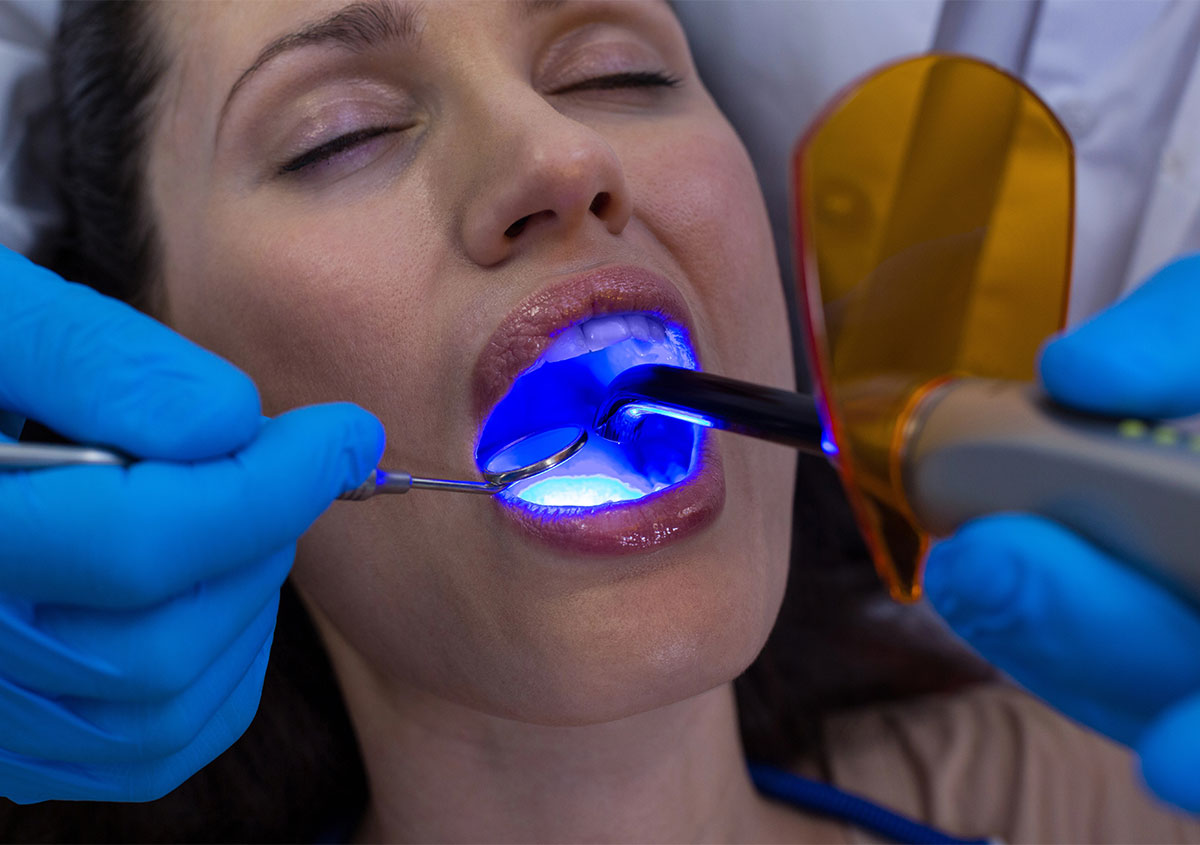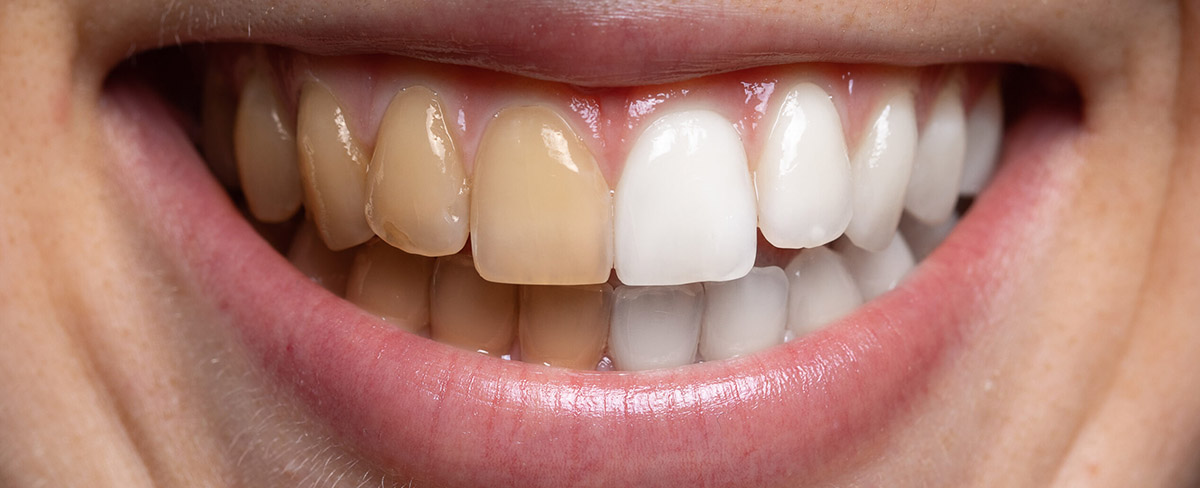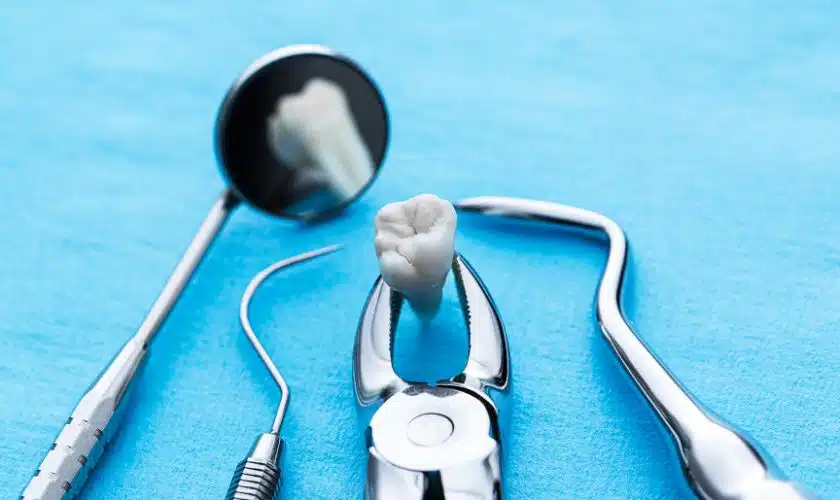1. Root Canal Treatment
Preserves Your Natural Tooth: The primary goal is to remove infected or damaged pulp from inside the tooth, disinfect the area, and seal it. This allows you to keep your natural tooth structure instead of having it extracted.
Relieves Pain and Infection: This procedure is performed to eliminate the severe pain caused by inflammation or infection in the tooth’s nerve and to prevent the infection from spreading to surrounding tissues.
Restores Function: After the procedure, the tooth is typically capped with a crown to protect it from future fracture and restore its full chewing function, allowing you to bite and eat normally.


2. Laser Filling (Laser-Assisted Dentistry)
- Minimally Invasive and Precise: Lasers allow for extremely precise removal of decayed tooth structure, often preserving more of the healthy tooth compared to a traditional drill.
- Enhanced Comfort and Reduced Anxiety: The procedure is often quieter and can cause less vibration and discomfort. In many cases, it may reduce or even eliminate the need for anesthetic injections and drills, which are a major source of patient anxiety.
- Promotes Better Healing: Lasers can sterilize the area being worked on and may promote blood clotting and faster healing of the surrounding gum tissue.
3. Tooth Whitening
Removes Stains and Discoloration: The treatment uses bleaching agents (like hydrogen peroxide) to break down both surface stains (from food/drink) and deeper, intrinsic discoloration within the tooth enamel, resulting in a brighter smile.
Non-Invasive and Cosmetic: It is a purely cosmetic procedure that does not involve altering the tooth’s structure. Professional whitening is safe when performed or monitored by a dentist.
Options for Different Needs: Available as in-chair treatments for immediate, dramatic results (often in about an hour) or as take-home custom trays for a more gradual whitening process in the comfort of your home.


4. Extraction (Tooth Removal)
Addresses Severe Dental Issues: Performed as a last resort to remove teeth that are too damaged (from decay or trauma), too infected (where a root canal isn’t possible), or too crowded to be saved or functional.
Prevents Further Complications: Removing a problematic tooth prevents the spread of infection to adjacent teeth and bone, alleviates pain, and can create space to correct crowding and improve overall oral health.
Prepares for Future Restoration: An extraction is often the first step before replacing the tooth with an implant, bridge, or denture to restore the smile’s function and appearance.
5. Scaling and Polishing (Professional Cleaning)
Removes Plaque and Tartar Buildup: Scaling involves carefully removing hardened tartar (calculus) from above and below the gumline, which cannot be removed by regular brushing and flossing.
Prevents Gum Disease: This is the primary treatment for gingivitis and a key part of managing periodontitis. It helps eliminate the bacteria that cause inflammation, bleeding gums, and bone loss.
Polishes Teeth and Prevents Stains: Polishing smooths the tooth surfaces, making it harder for plaque to adhere. It also removes surface stains, leaving your teeth clean and smooth.


6. Cap & Bridge (Crown & Bridge)
Restores Damaged or Missing Teeth: A crown (cap) is a tooth-shaped cover placed over a damaged, weakened, or heavily filled tooth to restore its strength, shape, and function. A bridge replaces one or more missing teeth by anchoring artificial teeth to the natural teeth (or implants) on either side of the gap.
Protects and Strengthens: Crowns protect a vulnerable tooth from fracturing, especially after a root canal. They are strong and durable, allowing for normal chewing force.
Improves Aesthetics and Alignment: Both crowns and bridges are custom-made to match the color, shape, and size of your natural teeth, seamlessly restoring your smile. They also prevent remaining teeth from shifting out of position into the gap left by a missing tooth.